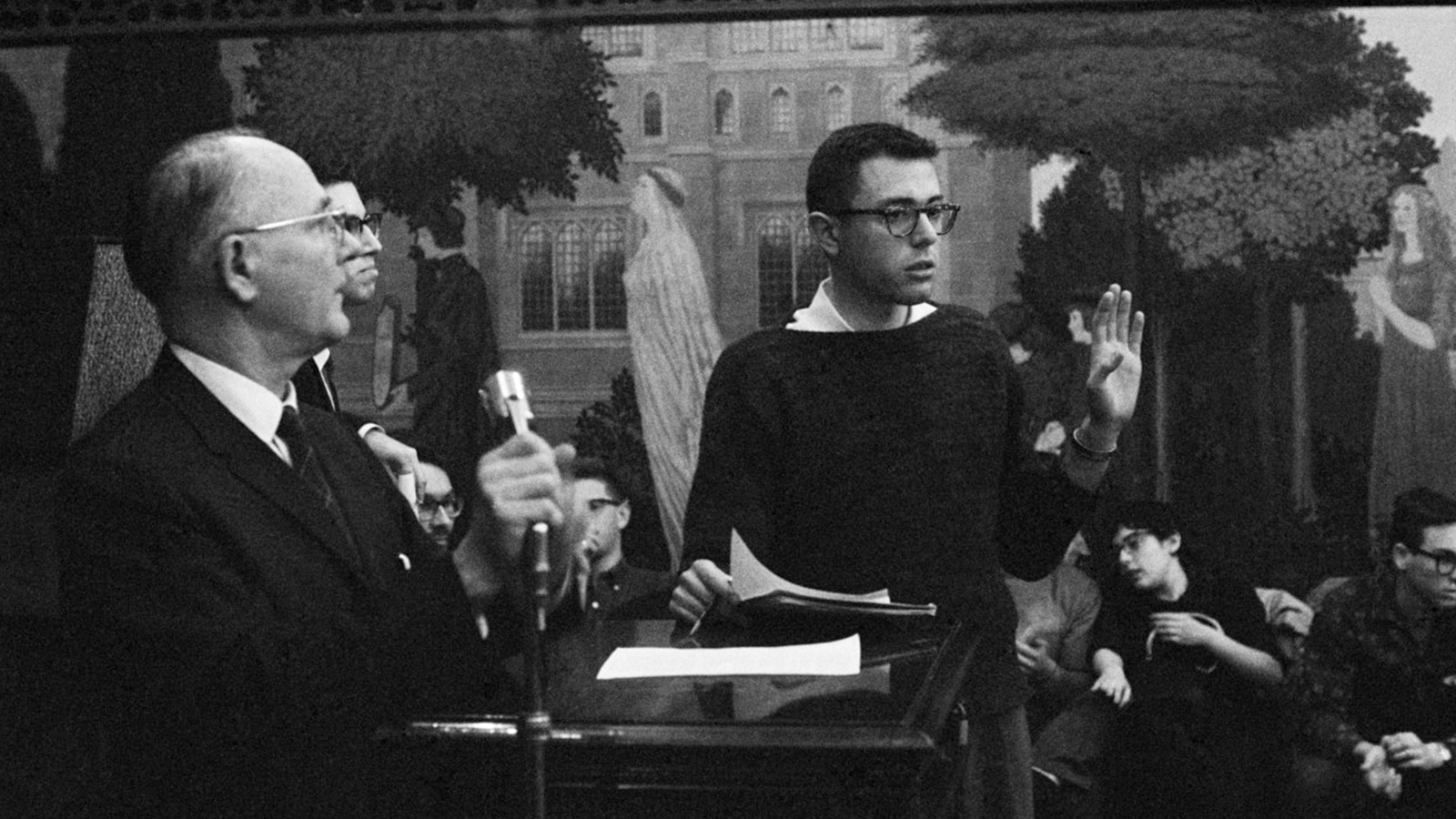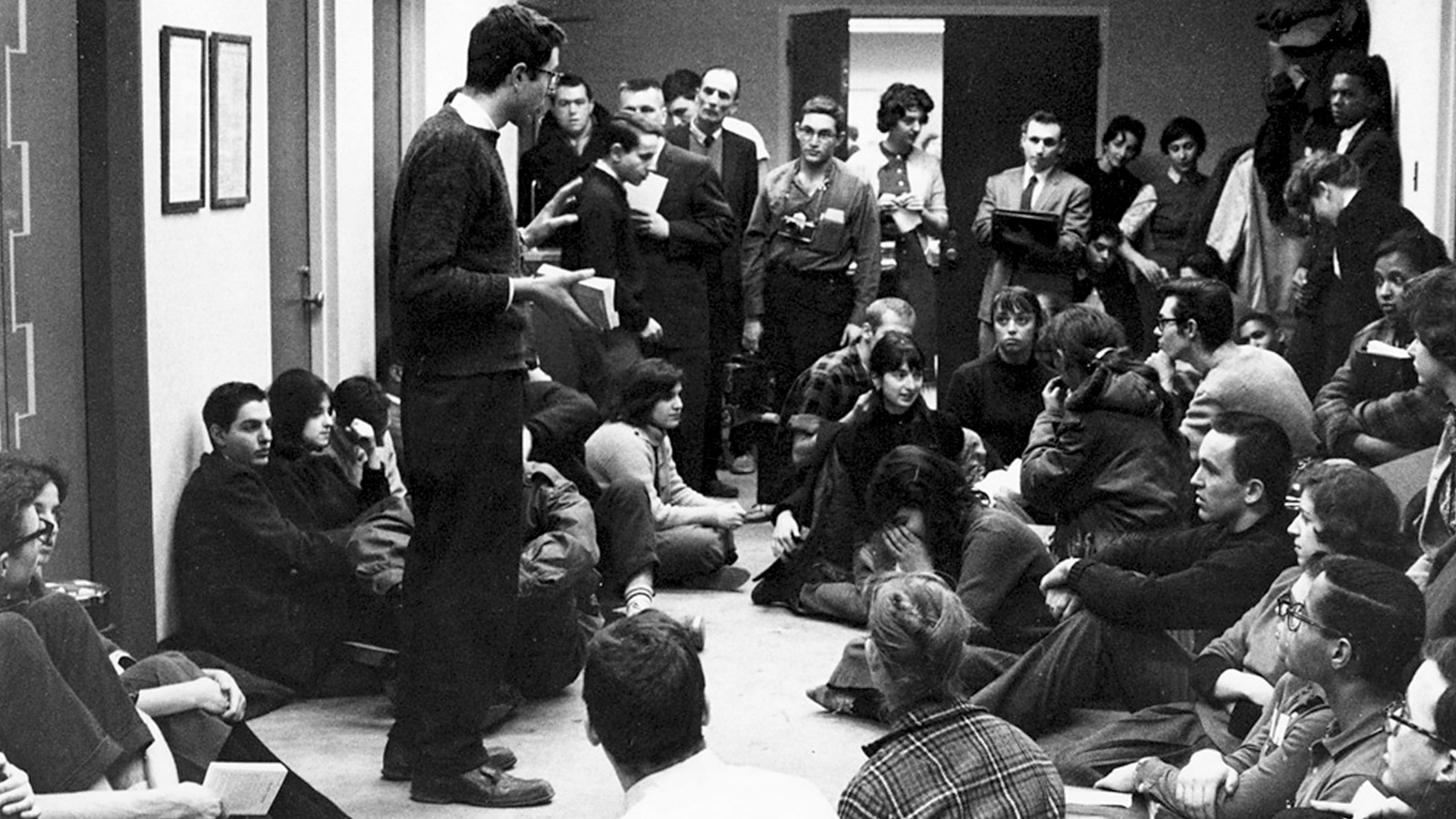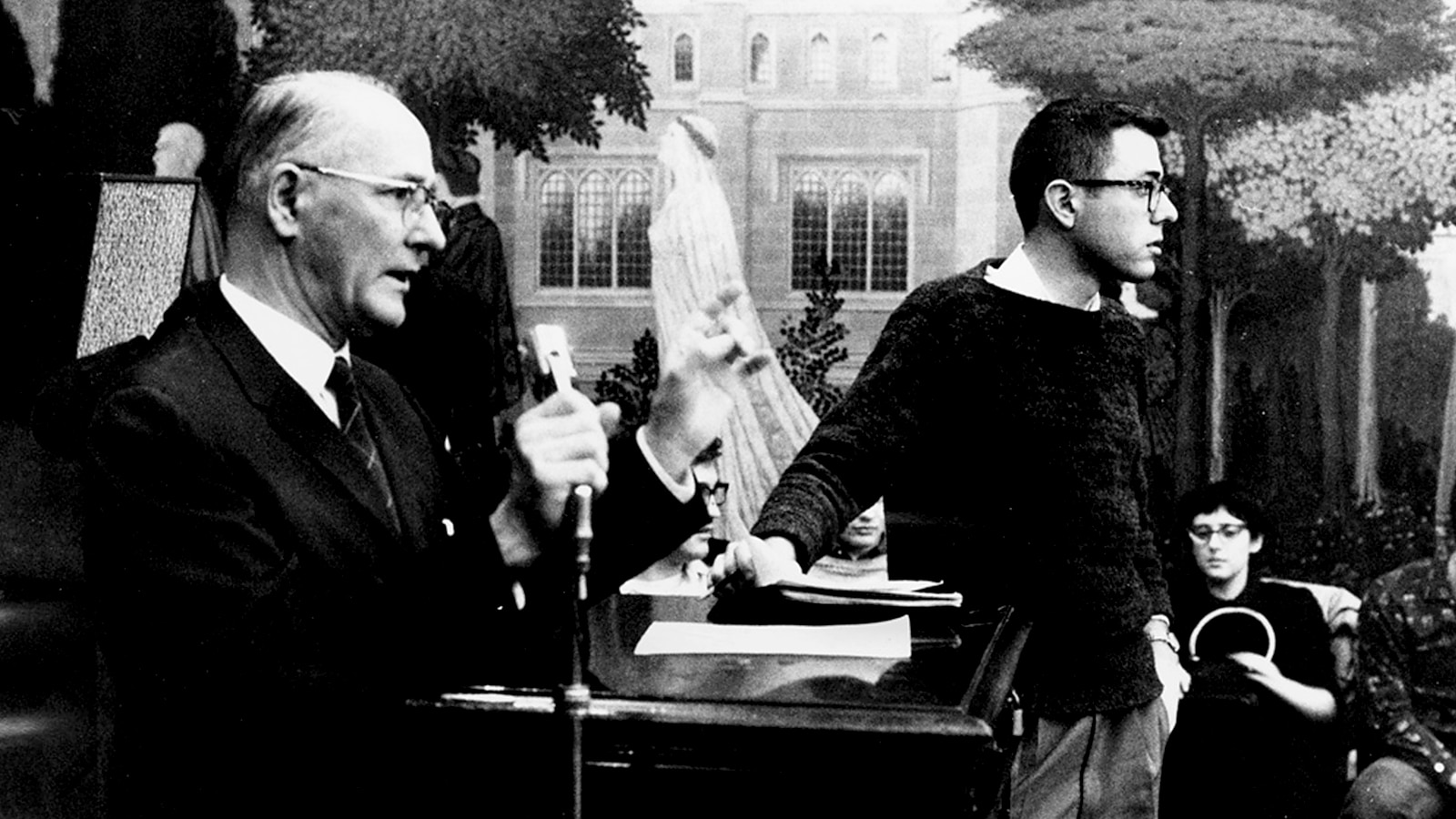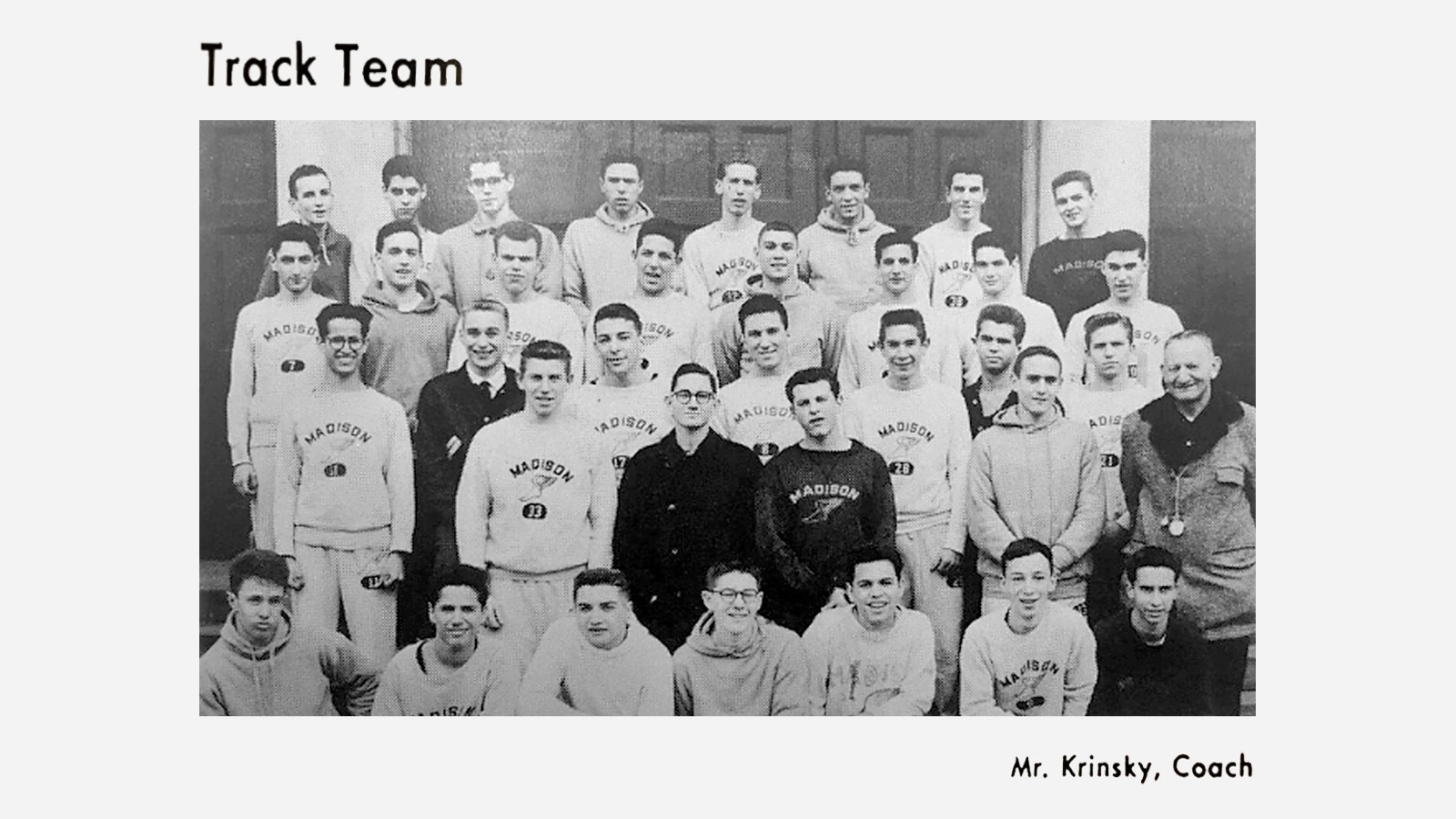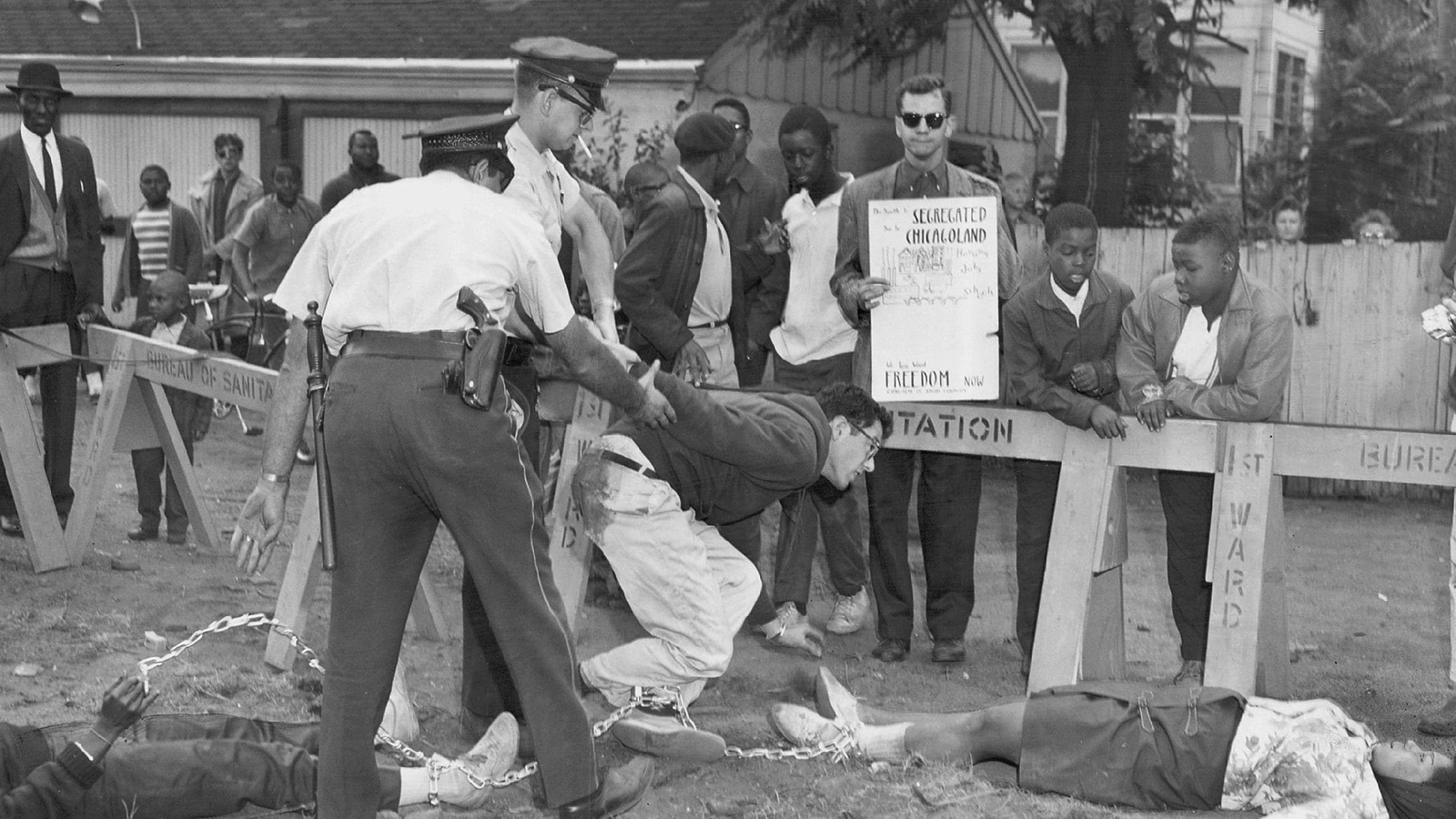At 18, Bernie Sanders enrolled in Brooklyn College near his childhood home and former high school. However, at the end of freshman year, he decided to venture out into the world. “My mom had died the previous year, and I felt it was time to leave the neighborhood and see what the rest of the world looked like.” (Bernie Sanders)[1]
He enrolled in the University of Chicago in 1960 and quickly became involved in social activism on campus, prompting him to change his major from English to Political Science. In his book, “Outsider in the White House,” Bernie wrote that he largely redirected his studies, opting to spend hours in the library’s stacks poring over the works of Jefferson, Lincoln, Marx, Engels, Debs, and Trotsky. “I read everything I could get my hands on—except what I was required to read for class.”[2]
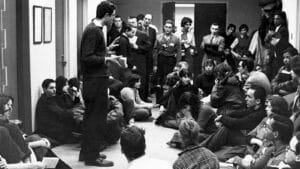
After working with fellow students to investigate housing segregation at the University, he led a sit-in at the Office of University of Chicago President George W. Beadle, a Nobel Prize winner. Fellow student Danny Lyon was a photographer for the University’s student newspaper at the time and captured Sanders and his fellow activists on film.
Lyon would become one of the pre-eminent photographers of the civil rights movement. In the years since he has noted that that sit-in would become known as the first Civil Rights Movement protest in a northern state – one that resulted in official changes to the University’s housing policy. “That sit-in was a great historic moment because the civil rights movement had begun in the South, but nothing much had happened anywhere else. It was the first time a sit-in, a militant demonstration, would occur in the North. It was a big deal.”
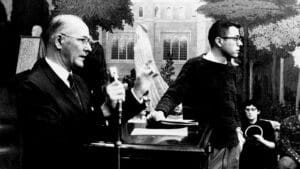
Decades later, when Lyon spoke at the Bernie 2020 Chicago rally (March 3, 2019), he said, “You couldn’t get into the (president’s) office because students, led by Bernie, were sitting down and blocking the entrance.”[3]
Robin Kauffman remembered the sit-in and demonstrations in Chicago as a moment when Bernie’s future could have been predicted. “He was able to convince a bunch of other 19-year-olds that what was going on was something that was wrong, and we had the power and the obligation to try to create change.”[2]
Jim Rader, a long-time friend who first met him in Chicago, recalls Bernie as a “leader of the civil rights movement on campus.”[4] He served as Chairman of the University’s Congress of Racial Equality (CORE), where he organized and participated in protests and demonstrations for the desegregation of public schools, fair housing policies and more. In the predominantly black areas surrounding the University, Bernie was “thrown right in the middle of the civil rights movement.” (Larry Sanders)[4]
He wasn’t alone, as Lyon remembered, “Since the time of Roosevelt, there had been a really effective political alliance between African Americans and Jewish Americans. The children of immigrants that had fled lands where they had been persecuted and discriminated against as a despised minority identified with and fought for the rights of American blacks.”[5]
During this time, Bernie also attended the 1963 March on Washington for Jobs and Freedom, where Dr. Martin Luther King, Jr. gave his famous “I Have A Dream” speech and another D.C. march to protest the proliferation of nuclear weapons. His student jobs included working briefly for the United Packinghouse Workers, a trade union, and in a California mental hospital as a volunteer for the American Friends Service Committee.[2]
Bernie found that the local and national issues outside the classroom provided a challenging and inspiring supplement to his education. This broader Chicago experience would prove instrumental in shaping his future. When he talks about this time in his life, it is clear he often notes that he learned “infinitely more on the streets and in the community.”[6]
 Back to Timeline
Back to Timeline
